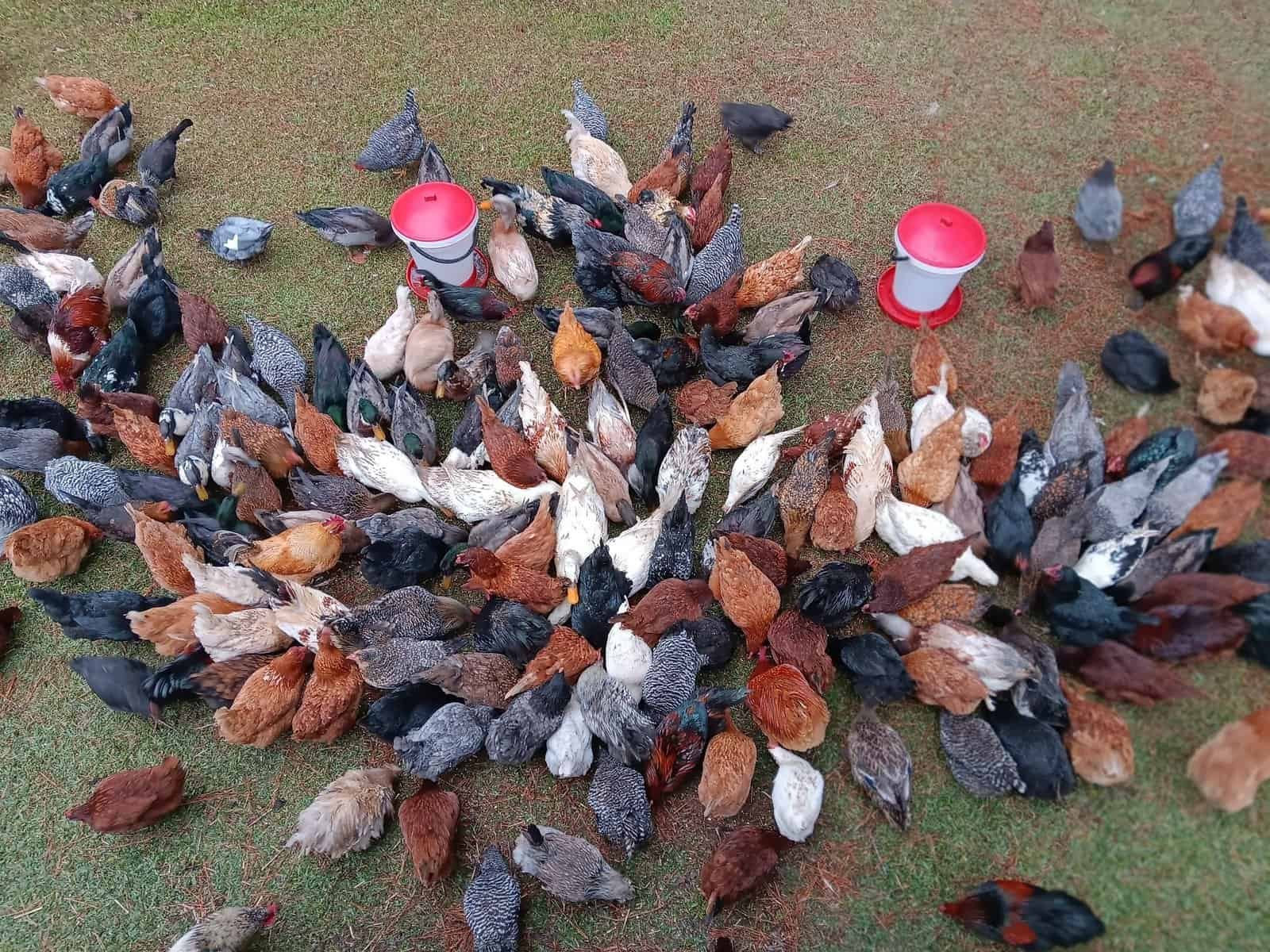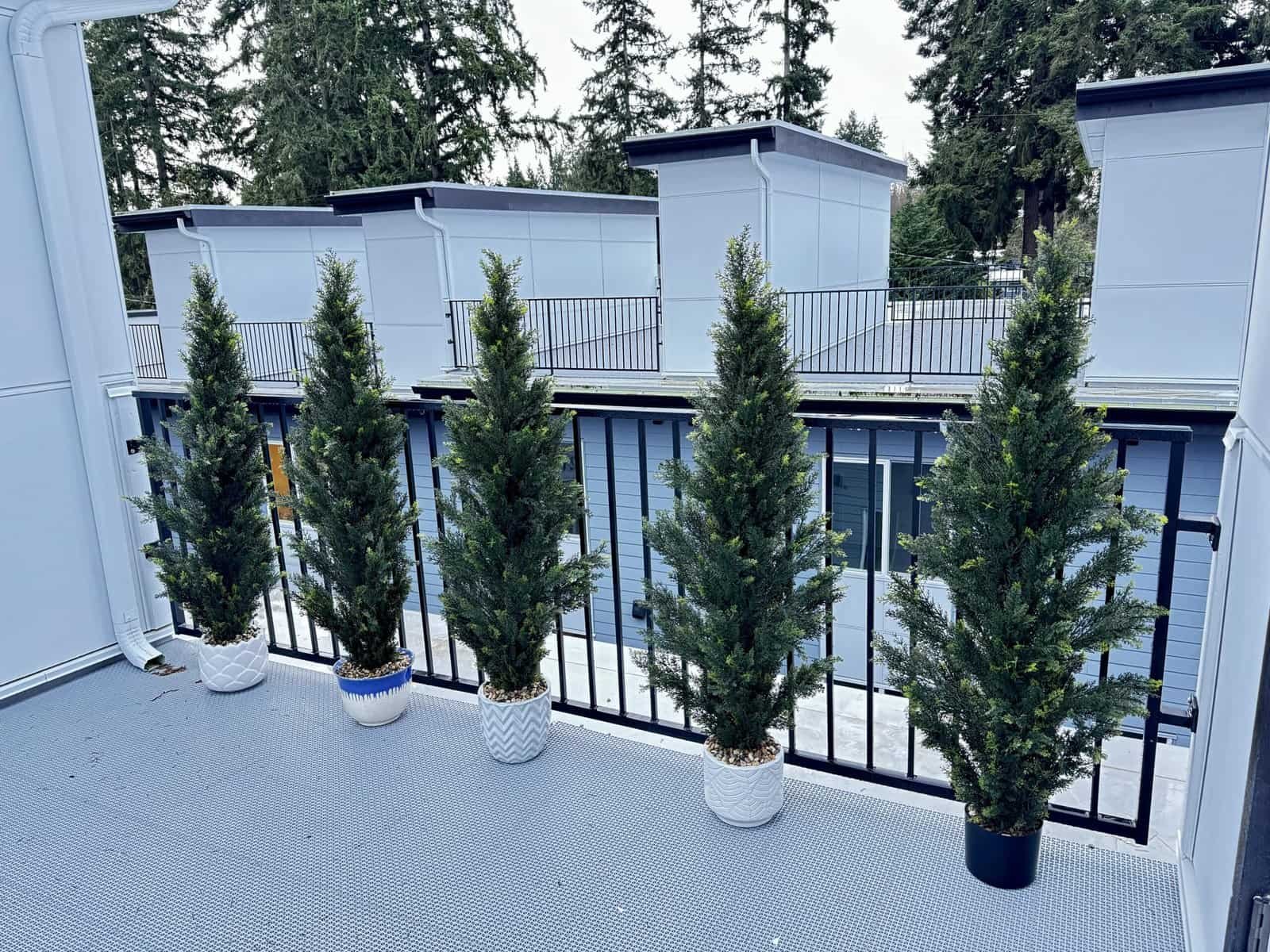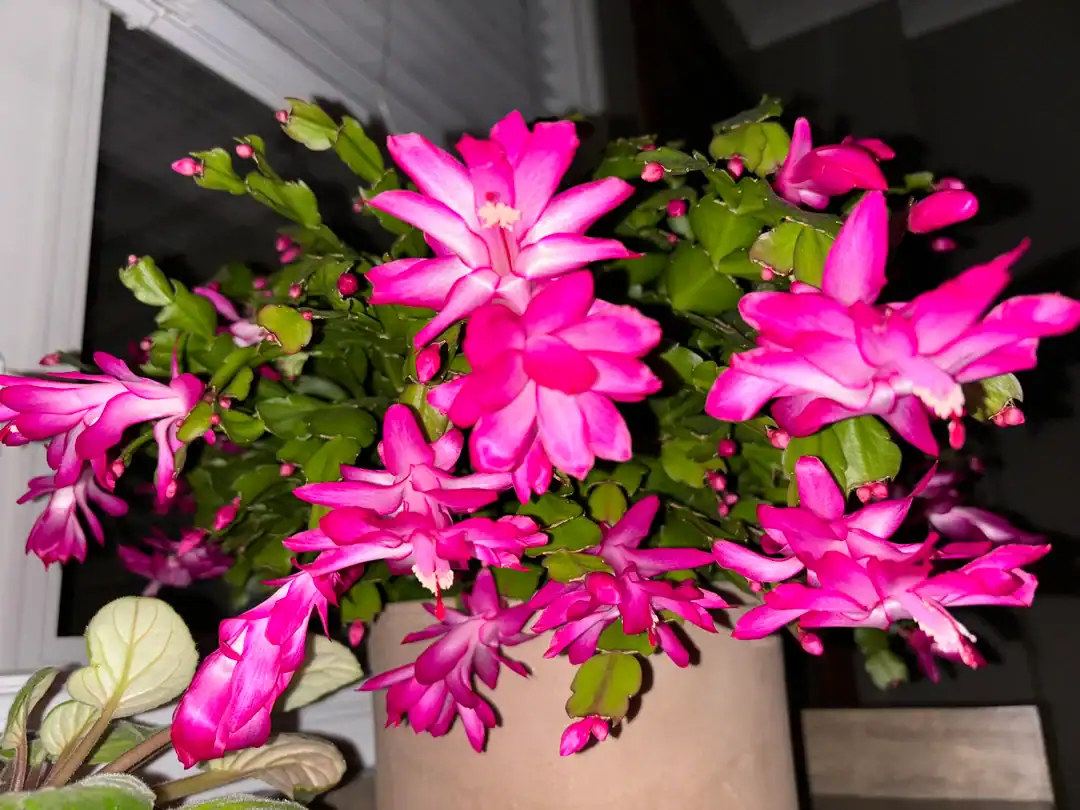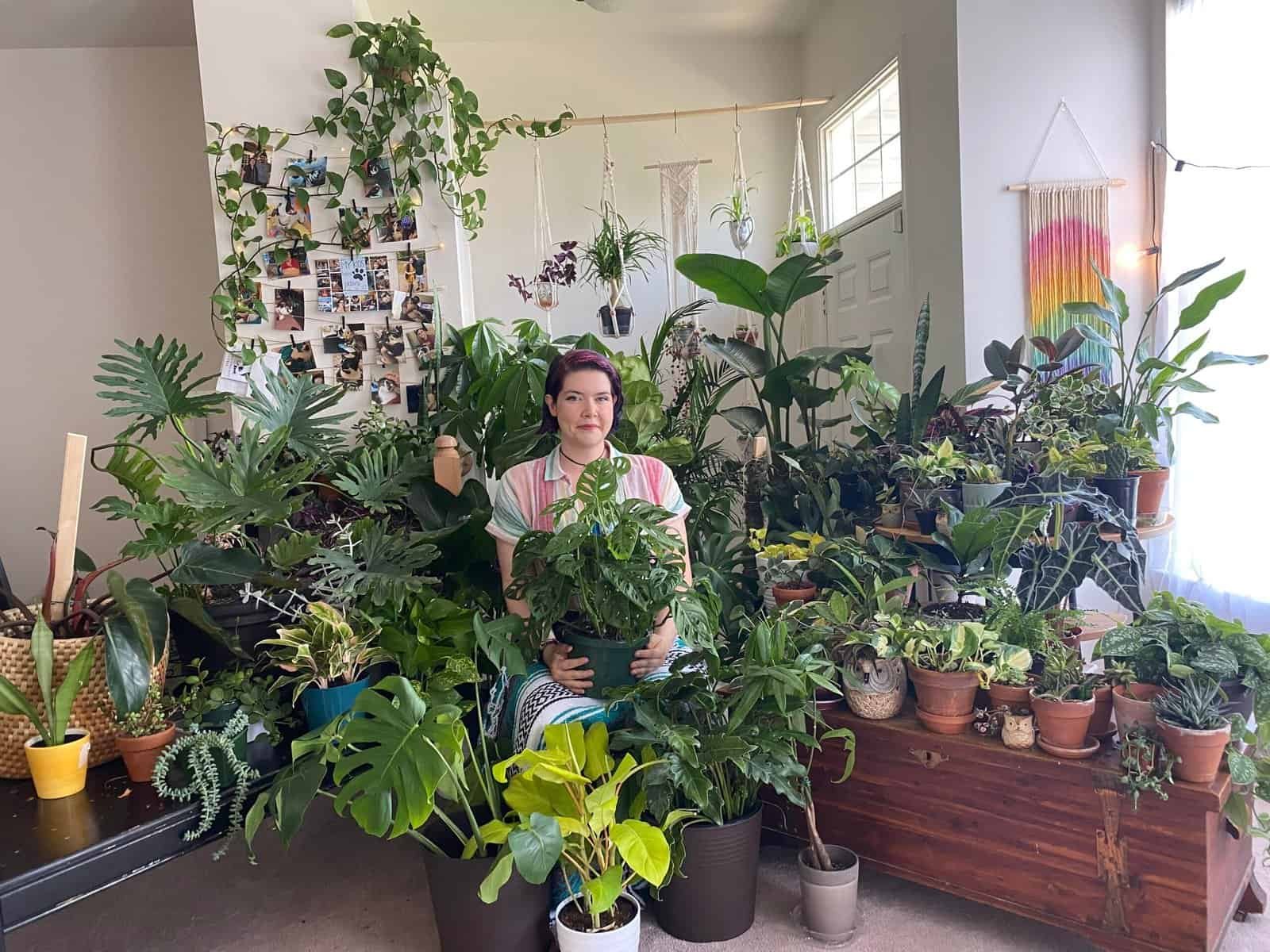
Heyyyyy…..
Reptiles and amphibians are essential for healthy gardens—they eat pests, enrich soil, and support the ecosystem. Sadly, habitat loss from development and pollution threatens them.
To help, I turned my garden into a safe space by creating wild zones, adding ponds or water dishes with native plants, and avoiding pesticides.
Simple steps matter too: leaving parts of the lawn unmowed provides shelter and food, while logs and rocks offer basking spots. I also built hibernacula for winter shelter.
These easy changes can invite frogs, toads, newts, and more into your yard. Want to transform your garden into a wildlife haven? Read on!
Contents
- 1 Importance of Supporting Reptiles and Amphibians in Your Garden
- 2 Habitat Creation for Reptiles and Amphibians
- 3 Water Features for Reptiles and Amphibians
- 4 Avoiding Harmful Practices
- 5 Other Considerations
- 6 Conclusion
- 7 FAQs
- 7.1 1. How can I create a backyard habitat for reptiles and amphibians?
- 7.2 2. Why are native plants important for reptiles and amphibians?
- 7.3 3. What should I do about outdoor cats to protect wildlife?
- 7.4 4. How does habitat loss affect reptiles and amphibians in my area?
- 7.5 5. Can temporary pools help amphibians thrive in my garden?
- 7.6 6. Are dead vegetation piles useful for herpetology enthusiasts?
Importance of Supporting Reptiles and Amphibians in Your Garden
Reptiles and amphibians play a big role in keeping your garden healthy. They help control pests and improve the balance of nature around you.
Creating diverse habitats

I like to leave parts of my lawn unmowed. It creates hiding spots for frogs, snakes, and lizards. Rotting vegetation in these areas attracts insects, which become food for amphibians.
Brush piles also work great as shelters.
I use log piles and rock areas to offer spaces where reptiles can bask or hide. Compost heaps provide warmth too. Pollinator gardens are helpful since they give cover and bring in bugs for the animals to eat.
Providing water sources
A wildlife pond works wonders for reptiles and amphibians. It should be at least 20 inches deep, with both sunny and shaded spots. Shallow areas help frogs and toads get in and out easily.
Adding native plants boosts oxygen levels, offers shelter, and creates nesting spots.
I also place shallow dishes of water around the garden during dry weather. Amphibians have permeable skin that needs moisture to stay healthy. Make sure the dishes are low enough for them to climb into safely.
Fish-free ponds are best since fish eat eggs or young tadpoles!
Avoiding harmful chemicals

I keep my garden free of harmful chemicals like pesticides and herbicides. Amphibians, with their thin, permeable skin, easily absorb toxins from these products. Chemicals can cause them serious harm or even death.
Reptiles may not absorb as much but still suffer due to reduced food sources.
Instead of sprays, I hand-pull weeds and use natural options for pest control. Some gardeners try companion planting to repel bugs naturally. Large mesh netting also helps protect creatures like eastern box turtles and green frogs from getting trapped while keeping plants safe.
A chemical-free yard is better for wildlife conservation and my own veggies too!
Habitat Creation for Reptiles and Amphibians
Some animals need cozy spots to hide, rest, or lay eggs. A mix of shady corners and sunny patches can make them feel at home.
Leaving areas of the lawn unmowed

I leave parts of my lawn wild. These unmowed zones attract insects, which become food for reptiles and amphibians. Native grasses and wildflowers grow there, making the area look natural and pretty.
The thick grass gives cold-blooded animals like frogs and snakes shelter from predators. Leaf litter in these spots keeps the ground damp, helping species with permeable skin thrive.
Some reptiles may even lay eggs there, like grass snakes finding a safe place to nest.
Offering basking spots and crevices
I create basking spots in sunny areas for reptiles. Flat rocks or slabs work great for this. Reptiles like eastern fence lizards and five-lined skinks love warm surfaces to soak up heat.
I also stack rock piles or leave logs nearby, giving them safe crevices to hide.
This helps species like grass snakes, broadhead skinks, and spotted salamanders thrive in my yard. Basking improves their body temperatures, boosting health and energy. Adding these simple features increases reptile activity, making the garden feel more alive with native wildlife!
Water Features for Reptiles and Amphibians
Add a small pond and watch frogs hop in! Tiny water spots can save thirsty turtles on hot days.
Wildlife pond

A wildlife pond should be at least 20 inches deep. I make sure mine has both shallow and deep sections for different species. A mix of sun and shade helps reptiles like the painted turtle or green frog thrive.
Native plants around the edges work well for oxygen, cover, and breeding spots.
I keep a balance with half water and half vegetation in my pond. Adding rocks near the water gives shelter to amphibians like spring peepers or northern cricket frogs. Travel corridors between ponds help species stay connected for breeding too!
Shallow dishes of water

I place shallow dishes filled with water in my garden. I use saucers and fill them with gravel, small stones, sand, or soil. The water soaks into the sand or soil but doesn’t get too deep.
This helps amphibians stay hydrated during dry spells.
I always check and refill these dishes often, especially in hot weather. I place them near shady spots to slow evaporation. A shallow dish next to a toad abode works well for areas without ponds.
It’s an easy way to help frogs like green treefrogs or pickerel frogs thrive in your yard!
Avoiding Harmful Practices
Skip the poisons—use safer options for pest control! Protect wildlife with natural methods, and everyone wins.

Avoiding chemical pesticides
I keep my garden chemical-free to protect amphibians and reptiles. Pesticides harm creatures like the northern cricket frog or eastern hognose snake. Amphibians are especially in danger because their permeable skin absorbs toxins easily.
Chemicals can cause deformities or even kill them.
Instead, I use natural controls like crushed eggshells around plants to deter pests. Plant rotation helps too by breaking pest life cycles. A diverse backyard habitat also keeps pests balanced, so no single species takes over.
Simple changes make gardening safer for native wildlife like green frogs and yellowbelly sliders!
Using natural alternatives
I switch to natural ways for pest control. Attracting dragonflies and bats helps reduce bugs like mosquitoes. These creatures are great predators, and they work all day or night without needing chemicals.
Sometimes, I try companion planting too. Plants like chives or marigolds can keep pests away while helping other plants grow strong. Organic pesticides work as a last option, but I only use them at night to avoid harming reptiles and amphibians with permeable skin.
Other Considerations
Think about adding shelters like rock piles or small logs. These spots can help reptiles and amphibians stay safe and cozy.
Building a hibernaculum

I dug a hole about 50 cm deep and 1.5 meters across in a sunny spot of my yard. Logs, branches, rocks, and bricks filled the space, creating gaps for reptiles and amphibians to hide.
I included sections of drainpipes with small holes so climbing animals could move safely.
This hibernaculum helps frogs like green frogs or northern cricket frogs stay warm in winter. Lizards such as eastern fence lizards also benefit from this shelter. I added meadow seeds on top for more cover while keeping it tucked into a wild corner of my garden.
It’s simple and supports native wildlife facing habitat loss!
Creating toad abodes

I used a terracotta clay pot, at least 20 cm wide, to make a cozy spot for toads. Flipping the pot upside down, I tilted it slightly and placed a small stone or stick underneath for easy entry.
A shady spot in my garden worked best because toads like dark and cool places.
Adding water near the abode helped even more. I kept a shallow saucer of water nearby so the toads could stay hydrated. Painting or covering the pot with moss made it blend nicely with the garden while helping local wildlife thrive.
This simple setup supports biodiversity and gives urban species like Fowler’s Toads a safe home!
Encouraging native plants
Native plants make a backyard habitat thrive. I grow local wildflowers and grasses to help insects, which become food for reptiles and amphibians. Pickerelweed around ponds works great, adding oxygen and nesting spots.
I leave stumps, stones, and dead vegetation in my yard. These create shelter for species like the eastern fence lizard or northern dusky salamander. Non-native plants harm ecosystems, so I avoid them.
Native plants keep everything balanced by supporting the entire food web!
Conclusion

Helping reptiles and amphibians in the garden is simple and rewarding. Small changes like adding a pond or leaving brush piles can make a big impact. Using natural pest control keeps them safe from chemicals.
By creating safe spaces, you support wildlife and help these animals thrive. Your garden becomes a home for amazing creatures!
FAQs
1. How can I create a backyard habitat for reptiles and amphibians?
You can grow native plants, leave brush piles or rock piles, and keep leaf litter in your garden. These provide shelter and food for native wildlife like the eastern fence lizard or northern cricket frog.
2. Why are native plants important for reptiles and amphibians?
Native plants support local insects and ecosystems that reptiles like black rat snakes or green frogs depend on for food and survival.
3. What should I do about outdoor cats to protect wildlife?
Keep outdoor cats indoors as much as possible. Cats harm urban wildlife by hunting small animals like eastern newts or squirrel treefrogs.
4. How does habitat loss affect reptiles and amphibians in my area?
Habitat loss from urban development leads to fewer places where species like the American bullfrog or eastern hognose snake can live safely.
5. Can temporary pools help amphibians thrive in my garden?
Yes, ephemeral pools offer breeding grounds for species such as spotted salamanders (ambystoma maculatum) or spring peepers (pseudacris crucifer).
6. Are dead vegetation piles useful for herpetology enthusiasts?
Absolutely! Dead vegetation provides hiding spots, moisture, and warmth needed by ectothermic animals such as garter snakes (thamnophis sirtalis) during hibernation periods.





